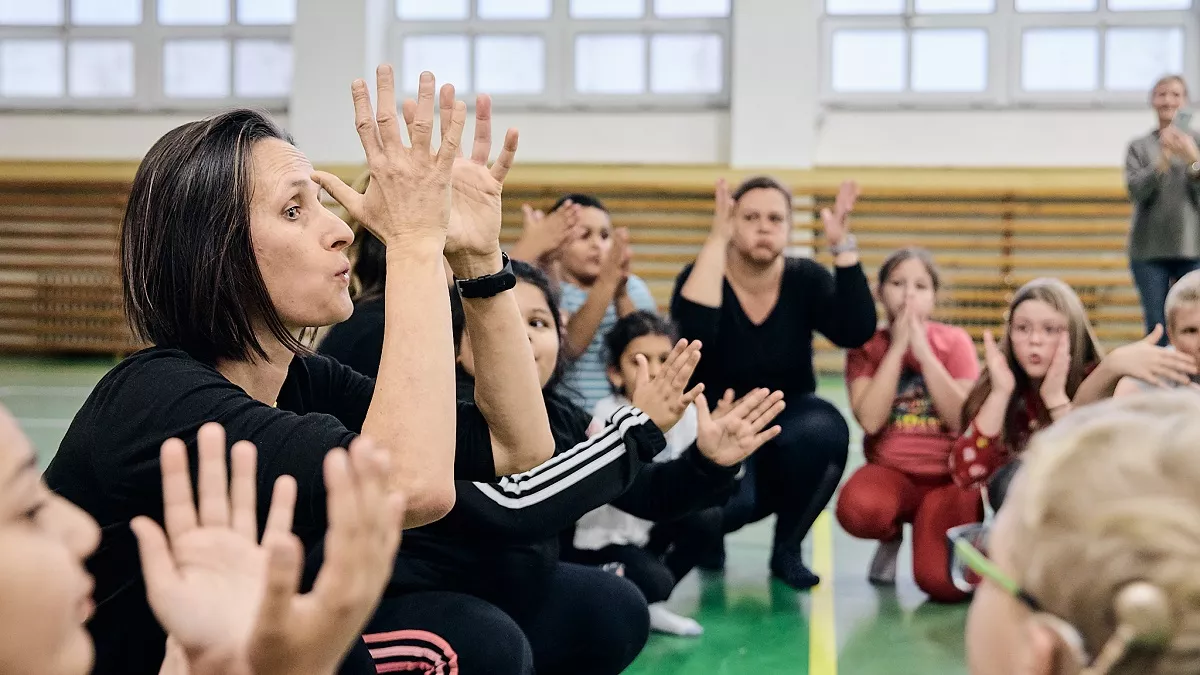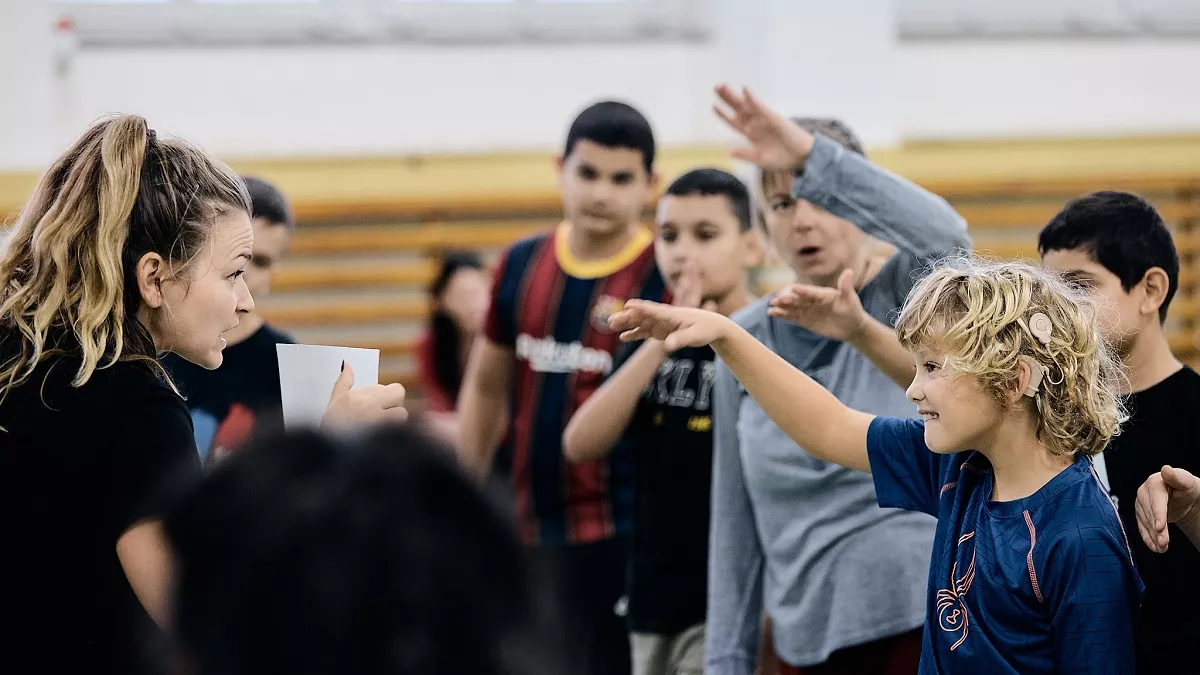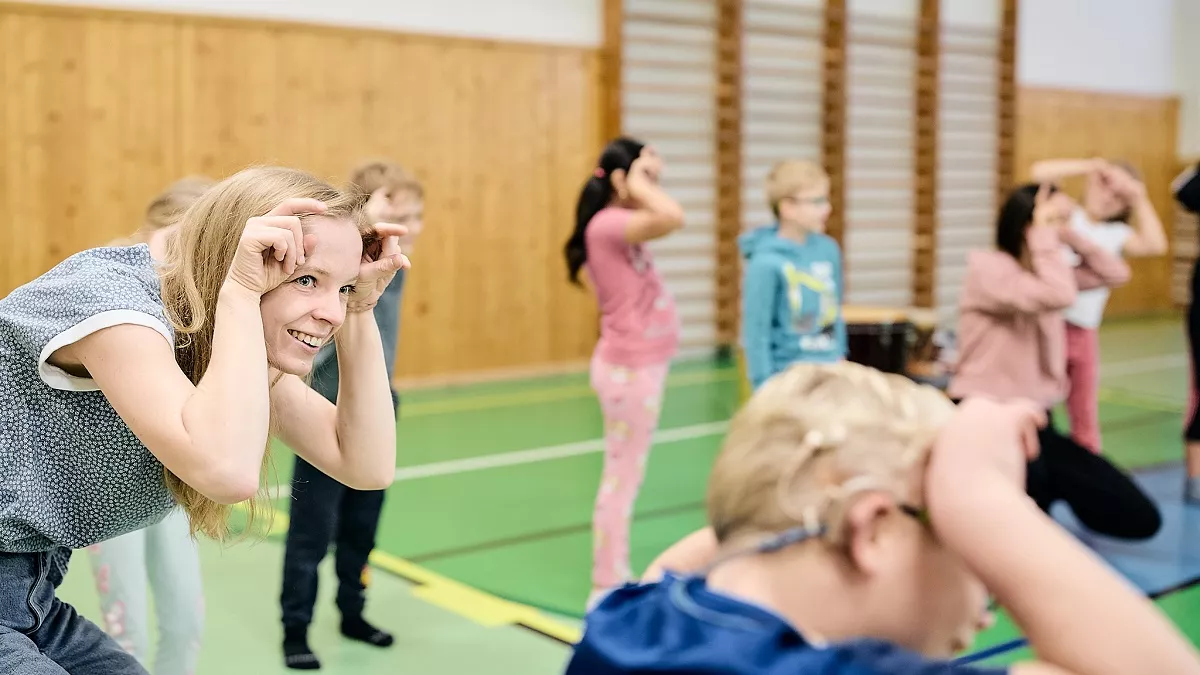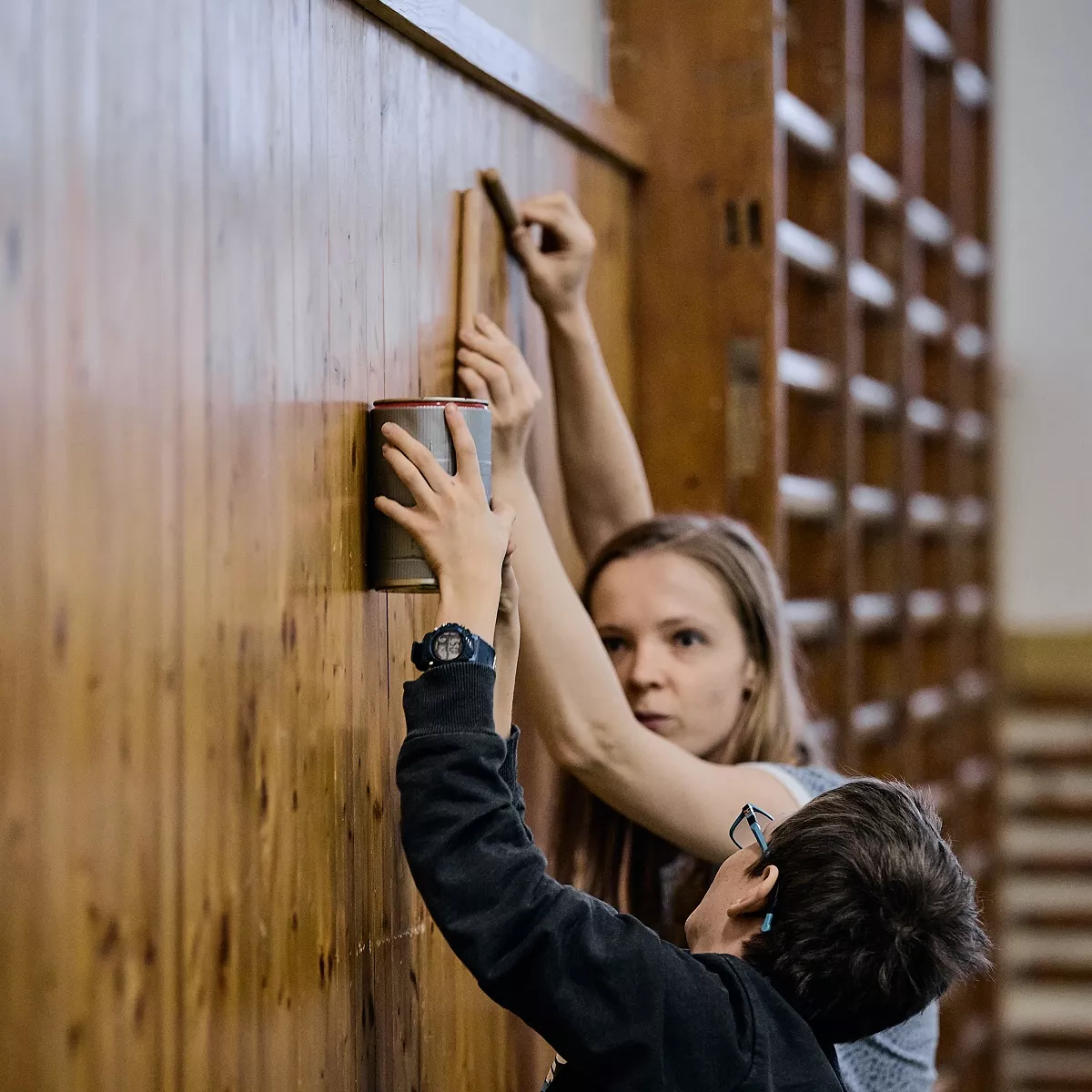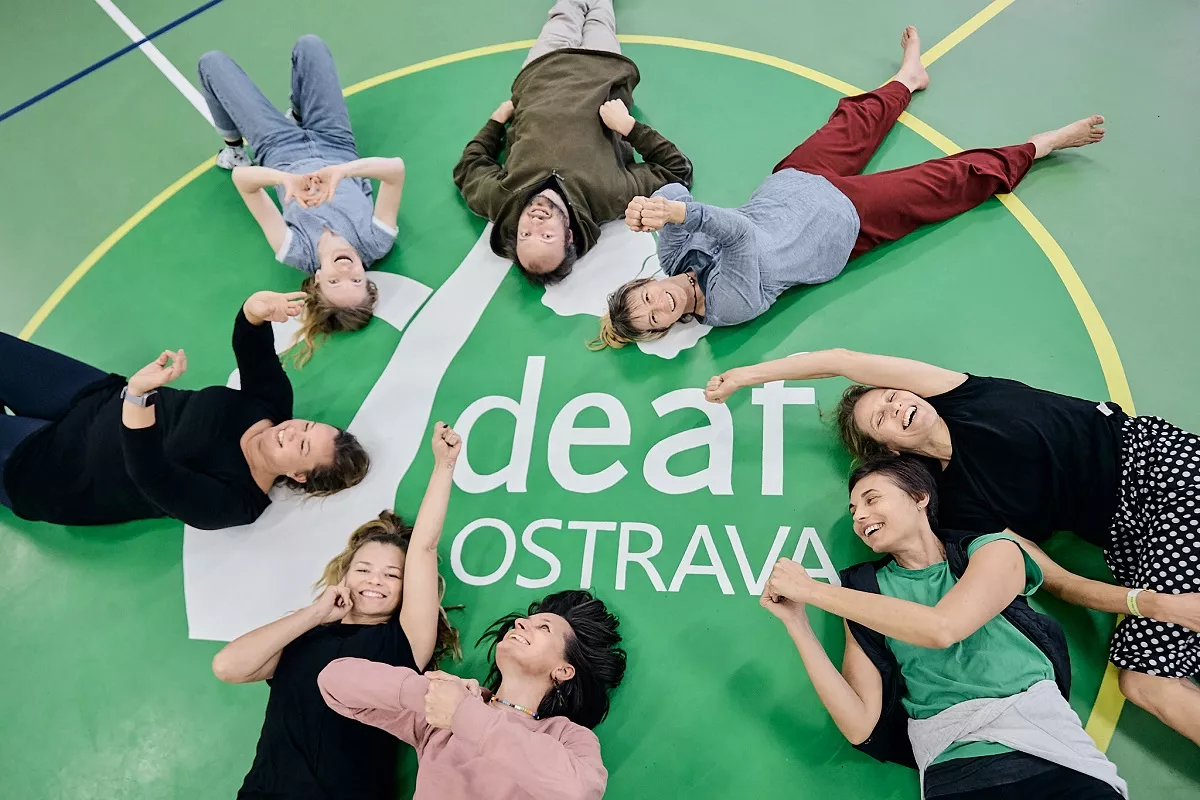Ostružina and the Deaf
In 2024 the organisation Ostružina (Bramble) will create dance workshops in primary, secondary and nursery schools for the deaf in the Czech regions and in Prague.
Since January 2024 Ostružina and dancers from Animal Carnival attend course of Czech sign language in PEVNOST
workshop II. 26.2. Střední škola Základní škola a Mateřská škola pro sluchově postižené, Výmolova 169,150 00 Praha 5, Radlice
workshop III. 13.3., Střední škola, základní škola a mateřská škola pro sluchově postižené, Praha 5, Holečkova 4
workshop IV. 12.4., Základní škola a Mateřská škola pro sluchově postižené, Plzeň, Mohylová 90
workshop V. 24.5., Základní škola a mateřská škola logopedická, Liberec
workshop VI. 3.6., Základní škola Gellnerka, Brno
workshop VII. 21.6., Mateřská škola, základní škola a střední škola pro sluchově postižené, České Budějovice, Riegrova 1
workshop VIII. 11.11., Mateřská škola, základní škola a střední škola pro sluchově postižené, Valašské Meziříčí, Vsetínská 454
workshop IX. 12.11., Střední škola, základní škola a mateřská škola pro sluchově postižené, Olomouc, Kosmonautů 4
workshop X. 13.11., ZŠ a MŠ pro sluchově postižené a vady řeči, Spartakovců 1153/5
workshop XI. 9.12., Hradec Králové
The project launch of Ostružina and the Deaf took place on 25.9. 2023 at PONEC Theatre.
The project launch was primarily aimed at cultural institutions and schools which are interested in the accessibility of culture, dance and movement for the Czech deaf community.
The Day’s Itinerary:
9:00 the performance of Carnival of the Animals accessible also for the Deaf at PONEC Carnival of the Animals (page in Czech)
11:00 introductory speech and performance of Carnival of the Animals accessible also for the Deaf at PONEC Carnival of the Animals (page in Czech)
12:30 lunch break
14.00 Introduction and getting familiar with the project, Ostružina and the Deaf
14:15 Kateřina Pešková – Deaf Friendly: How to Ensure the Accessibility of Cultural Subjects and Cultural Events for the Deaf
15:00 a lecture by Marie Basovníková: Who are the Czech Deaf Community?
16:30 – 17:30 discussion and question time
The lecture was interpreted for ČZJ * Czech Sign Language
The Ostružina organisation reacts to the demand of deaf parents, teachers and guardians who say that there is little creative learning and education and there are few theatre productions for deaf children. With this project, Ostružina wishes to provide deaf children with creative dance-movement workshops connected to their viewing of the performance Carnival of the Animals. Carnival of the Animals is an interactive performance originally created primarily for hearing children. After 9 years of performance of the show, the creators and performers decided for change. They invited deaf actress and dancer Věra Sagulová on board to collaborate, and the whole performance was recreated in a version which is suitable for both hearing and non-hearing audiences. This innovative version is in its second year of performance, and is offered to both hearing and non-hearing children who find themselves together in a creative and dreamlike space where they can share the same experiences. “In addition to the cultural experiences, hearing children also gain new information about deaf children and their language, and they meet with their peers who use sign language. Many deaf children have a creative experience in the form of a dance performance with Czech sign language for the very first time,” observes deaf actress and dancer Věra Sagulová. In the Czech Republic this is the first ever performance with such a target.
We can consider the deaf community as a foreign language group through the primary language medium they use. The primary language of communication of the deaf in the Czech Republic is Czech sign language, which is different in nature from spoken languages. It is of a visual motor nature. It is thus created by the hands and received by the eyes (as opposed to audio-oral languages). Deaf children thus naturally acquire a language accessible to their senses, i.e. sign language. For them, Czech is a foreign language, another language that they have to learn in their lives so that they can at least partially function in the society and country in which they live. Although they attend a school for the deaf, even there, they often face a communication barrier (not all pedagogues know Czech sign language). They also face barriers everywhere else: art intended for hearing children is primarily based on sound. It is therefore inaccessible to deaf children. Although we know that the impact of culture and art and creative learning is absolutely crucial for hearing children and their development, deaf children are often excluded from “ordinary” things and creative projects because of the language barrier.
Thanks to PONEC Theatre for providing spave for the project launch of Ostružina and the Deaf.
The Ostružina and the Deaf Project is realised with the financial support of the European Union via the National Recovery Plan programme.

